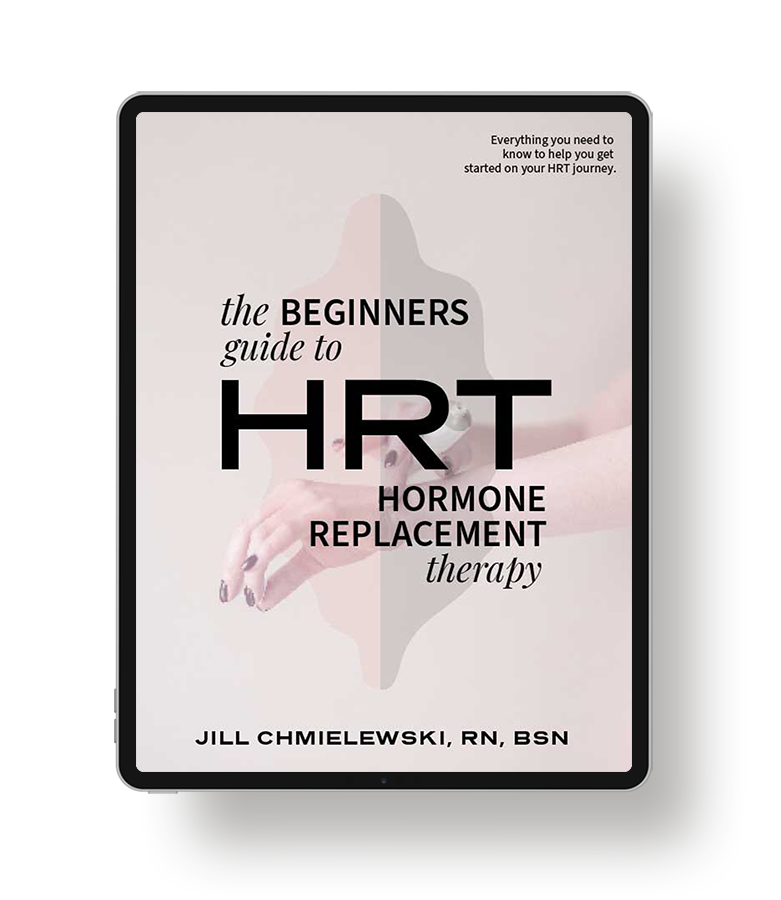I’ve said it before and I’m going to say it again. It is COMMON and NORMAL to experience menstrual cycle changes during perimenopause.
While there are women who experience a sort of “non-eventful” lightening and fading away of their period as they journey toward menopause, most women tend to experience a mix of the following on their perimenopausal journey:
- Heavier than usual periods
- Lighter than usual periods
- Inconsistent periods
- Spotting in between periods
It may seem like there is no rhyme or reason to it all, but I promise you that your menstrual cycle is telling the “behind-the-scenes” story about what is happening with your hormones.
I seem to get a lot of DMs and emails lately about spotting between periods, so I wanted to share a little bit of hormone ‘know-how’ with you so that you understand why spotting occurs during perimenopause.
Estrogen builds the uterine lining, and progesterone keeps the lining of your uterus intact until it’s time to shed (aka you get your period.)
Progesterone is only made in robust amounts when we ovulate, and since we begin to experience an increase in anovulatory cycles (i.e. cycles without ovulation) during our mid to late 30s and 40s, we experience a decline in progesterone levels.
You’ve got enough estrogen to build the uterine lining, but not enough progesterone to keep the uterine lining intact. So it makes sense that spotting could occur.
Of course, there may be other reasons for spotting or bleeding in between periods ~ things like endometrial polyps, fibroids, PCOS, or other hormonal issues may be to blame. If it’s something you are worried about, then talk with your practitioner.
Download the Hormone Imbalance Workbook and walk through the hormone assessments to see if you suffer from low progesterone symptoms. If you do, it’s probably a good time to start thinking about finding a functional physician/naturopath/nurse practitioner who is deeply trained in the world of hormones to help you navigate this next chapter in life.





